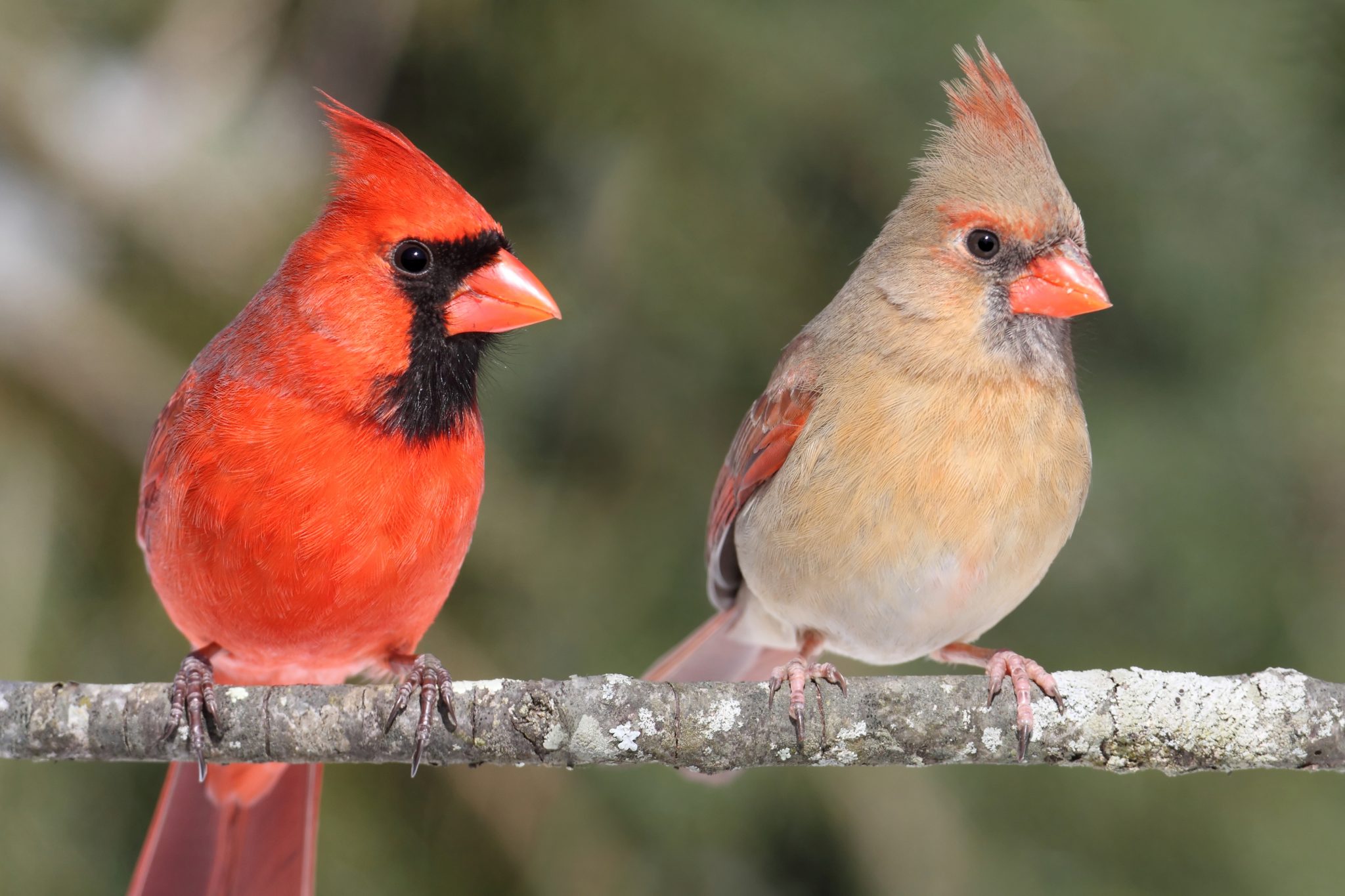The last year and a half has been rough on a lot of businesses — unless you happen to operate a company that specializes in birdhouses, birdseed and other bird-watching accessories. In that case, business is booming.
The pandemic left a lot of folks stuck at home more often than not. Office workers everywhere became “remote workers,” and people largely stayed home during their off-work hours, too. People quickly started to look for new hobbies — and new ways of connecting with the natural world.
In other words: Backyard bird-watching got very big, very fast. After all, it’s a peaceful, relaxing way to pass the time and there’s something delightful about watching the exuberance of the wildlife around you when everything else seems troubled.
Unfortunately, nature isn’t immune from troubles like contagious diseases — and backyard bird-watchers are being urged to take steps to protect songbirds in various areas around the United States from a health problem of unknown origins.
What’s Going on with the Nation’s Songbirds?
Well, nobody is entirely certain — not even the scientists most closely involved with the issue. At best, the experts can say that they’ve identified several things that are not causing the problem.
Way back in May, the authorities with animal control offices and other environmental agencies started getting calls about sick and dying songbirds in various areas of the country, from Washington D.C. through the greater Midwest, including here in Indiana.
Thousands of birds have since gotten sick and gone blind, most dying in the wild. Others have been euthanized as the authorities try to stop the spread of the ailment. Perhaps most distressing of all, the disease — whatever it may be — seems to affect primarily four species of birds that many people love to see around their backyard feeders:
- American robins
- Bluejays
- European starlings
- Grackles
Fledglings, in particular, seem to be vulnerable to whatever is causing the sickness, which can be heartbreaking to see for experts and amateur bird-watchers alike. Symptoms of the illness include neurological symptoms (the inability to walk, fly or stand steadily), swollen heads and crusty, oozing eyes. For right now, there’s no apparent treatment or cure, and a sick bird doesn’t have much likelihood of survival.
It’s Not the Cicadas — Or Anything Else Identifiable
One early theory about the affliction tied the sick songbirds to the emergence of the Brood X cicadas, which happened to coincide with the start of the avian epidemic.
Since insects make up a large part of a fledgling’s diet, many speculated that the birds were being poisoned by insecticides that had gotten into the cicadas during their long hibernation. Another theory was that maybe the cicadas had developed a fungus that was toxic to birds. Both those theories have turned out to be empty, per the U.S. Geological Survey’s National Wildlife Health Center.
In addition, researchers have ruled out several common pathogens that have been known to be fatal to large numbers of birds in the past, including Salmonella bacteria, Trichomonas, West Nile virus and avian influenza. The only viable suspect that has emerged is a type of Mycoplasma bacteria, but scientists say that the connection is somewhat thin, since that particular bacteria rarely harms fledglings.
What Can You Do to Help Protect Your Area’s Songbirds?
As of June 25, the Indiana Department of Natural Resources (DNR) issued a statewide alert directing residents to stop feeding any wild birds in their area until the situation can be resolved. On Monday, Aug. 9, the DNR permitted residents of 76 counties to resume their usual feeding routines — but Marion county is not among them.
Here’s what you should know whether you live in an area where the disease is running rampant through the songbird population or not:
If You Live in an Affected County:
Currently, residents in the following counties are being asked to totally refrain from feeding the birds in any way:
- Allen
- Carroll
- Clark
- Floyd
- Hamilton
- Hancock
- Hendricks
- Johnson
- Lake
- Marion
- Monroe
- Morgan
- Porter
- St. Joseph
- Tippecanoe
- Whitley
Birdbaths and suet hangers should also be taken down, in addition to regular feeders. The goal, naturally, is to keep birds from congregating together as much as possible and to eliminate areas where transmission rates of the disease could be higher than normal.
If You Don’t Live in an Affected County
If you happen to live in one of the remaining 76 counties, the Indiana Department of Natural Resources says that it’s okay to put your bird feeders back outside — with caution. While they say that the avian disease seems to be confined to certain locations, DNR still recommends the following:
- Be watchful for sick or dead birds in your yard (and report them to the authorities if you do find them).
- Scrub both seed and suet feeders every two weeks (or more often) with soap and water and then rinse with a 10% bleach solution to eliminate pathogens.
- Scrub and rinse hummingbird feeders the same way weekly (or more often).
- Make sure that you thoroughly rinse your feeders to remove the remnants of the bleach before you resume feeding.
The DNR says that there is no apparent danger to people from whatever disease is afflicting the area’s songbirds, nor is the overall population of birds in the state at risk — but caution is still wise until the disease is identified.
In the meantime, if you’re looking for a good way to get back in touch with nature, why not check out some of Indiana’s fabulous state parks and trails? The weather is gorgeous right now for hikers, bikers and picnicking families alike.




